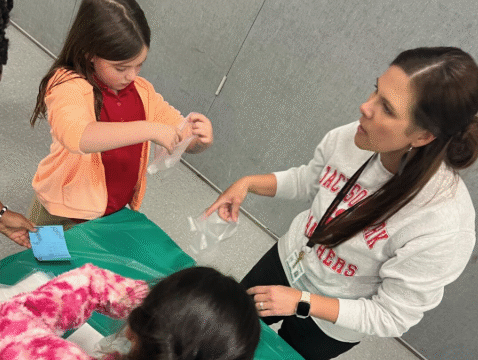Successful schools are not built in isolation—they thrive when supported by strong, meaningful partnerships with the surrounding community.
School leaders play a vital role in establishing and nurturing these connections.
By engaging local organizations, families, businesses, and civic groups, leaders create collaborative networks that enhance learning opportunities and support student success.
Why Community Partnerships Matter Community partnerships bring resources, expertise, and real-world experiences into schools. They expand learning beyond the classroom, support student well-being, and create a shared investment in education. When schools and communities work together, they build mutual trust and collective responsibility for student outcomes. Key Roles of School Leaders in Community Engagement
- Vision Setting Leaders should articulate a vision that values community involvement as part of the school’s mission. This vision helps guide engagement strategies and partnerships.
- Relationship Building Strong relationships require trust, communication, and consistency. Leaders should reach out to local stakeholders, attend community events, and create space for authentic dialogue.
- Facilitating Collaboration Effective leaders connect teachers, families, and external partners around shared goals. This may include joint programs, volunteer opportunities, or co-sponsored events.
- Promoting Equity and Inclusion Ensure partnerships reflect the diversity of the school community. Include underrepresented voices and tailor outreach to meet varying needs.
Strategies to Strengthen Community Partnerships
- Host community forums and listening sessions to understand local needs and perspectives.
- Develop a school-community liaison role to coordinate partnerships and communication.
- Involve families in leadership teams or advisory councils.
- Collaborate with local businesses for internships, sponsorships, or mentorship programs.
- Partner with health, social service, and cultural organizations to support student wellness and engagement.
Benefits of Strong School-Community Partnerships
- Increased student engagement and motivation
- Greater family involvement in learning
- Expanded access to resources and enrichment opportunities
- Improved school reputation and community trust
Conclusion Leadership that prioritizes community connection strengthens the fabric of the entire school ecosystem. By fostering collaborative relationships and aligning school goals with community strengths, leaders can create a powerful network of support for students. When schools and communities partner effectively, they pave the way for long-term success, both inside and outside the classroom.





